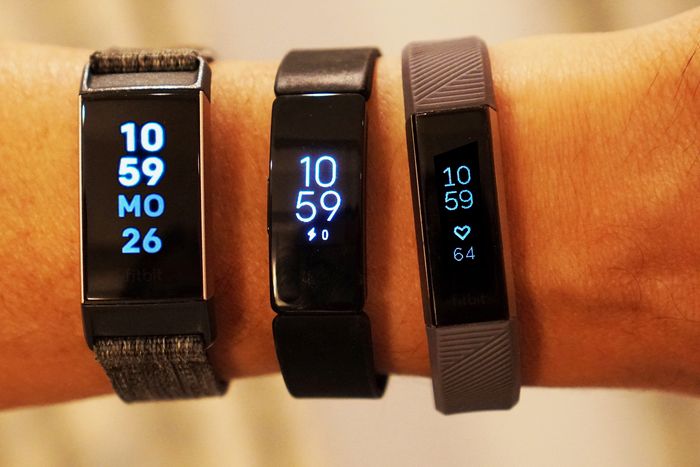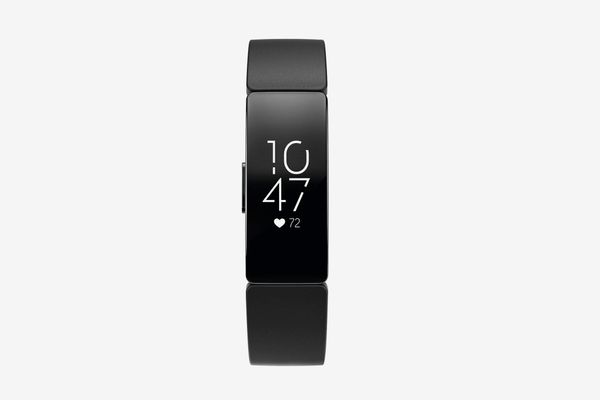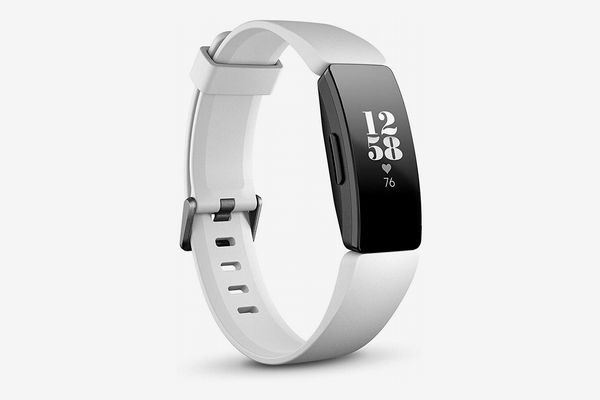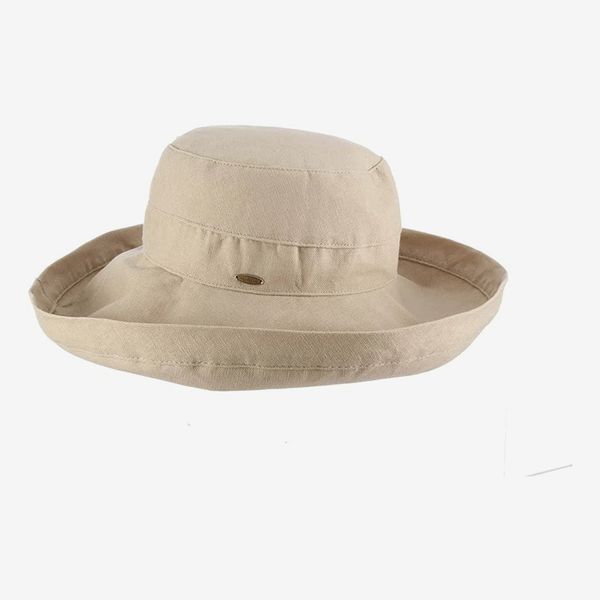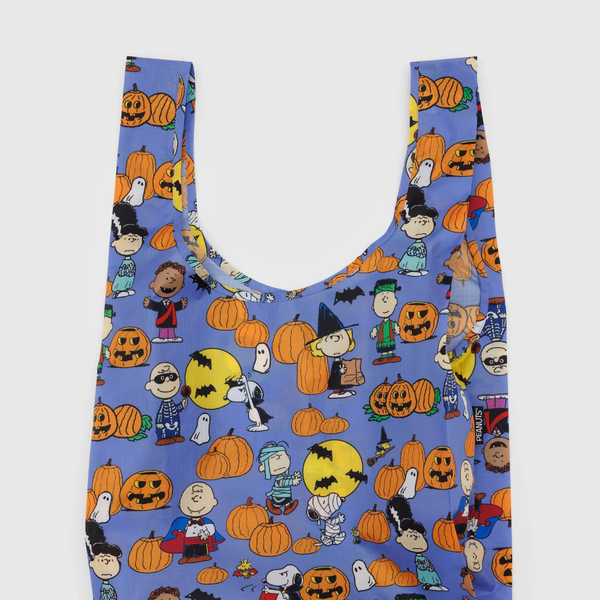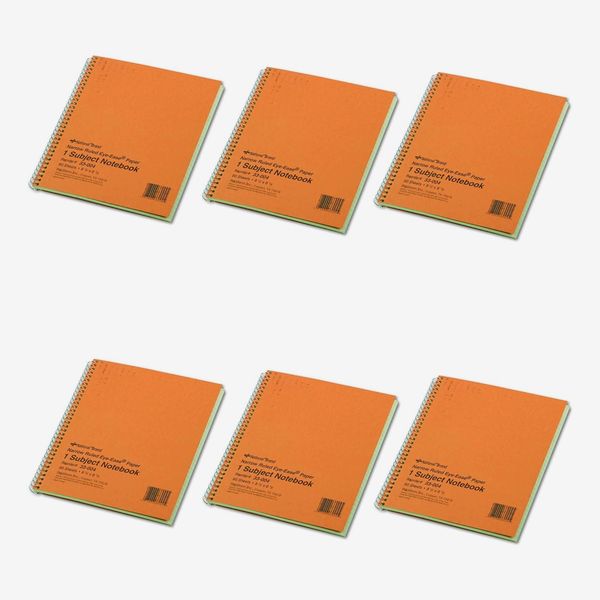
I’ll never forget my astonishment at losing four pounds in the first two weeks of Fitbit-wearing. These fitness trackers translate activity and sleep patterns into graphs and stats (and, if you like, offer prompts to do better); as a result, my sedentary habits went from invisible to staring me in the face. It also helps that I can compare my step-count tally with other Fitbit wearers I know (father, wife, sister-in-law, work friends) in the phone app. It’s health through humiliation.
These days, Fitbit offers three fitness bands; the latest and least expensive, the Inspire HR, debuted earlier this summer. The beauty of the Inspire HR is that, in essence, it combines the best of its pricier siblings — the aesthetics of the Alta HR and the guts of the Charge 3 (both of which I also own) — making it ideal for those who are new to Fitbits as well as seasoned wearers who think it’s time for an update.
At first, I was a fan of the $130 Alta HR, the brand’s stylish, incredibly skinny bracelet that, despite its svelte frame, still has room for parts to track your steps, sleep stages, and heart rate. I’m not the only one who thinks the Alta HR’s thin profile is a big part of its appeal; Strategist senior writer Karen Iorio Adelson is a fan of it, too. But eventually, I gave up on the Alta HR — it’s not waterproof, the screen is dim, and the heart-rate monitor gives a few people (including me) wildly inaccurate readings during more strenuous exercise. So I upgraded to the top-of-the-line, $150 Fitbit Charge 3 tracker instead. It’s much wider, but I thought it was much better — that is, until I got the Inspire HR.
At only two thirds of an inch wide, the Inspire HR splits the size difference between the Alta HR and the Charge 3 — and yet it has almost the same guts as the latter. It’s got a more sophisticated heart-rate sensor than the Alta HR. It tracks steps, activity, sleep, calorie burn, heart rate, exercise minutes, and (for women) monthly periods. It has a brighter screen, and can show incoming text messages and notifications. It offers guided relaxation breathing and GPS tracking for your runs (provided your phone is nearby). The corresponding app for iPhone or Android is terrific (my opinion of the app never wavers, no matter the model I wear).
As with the other Fitbits, the Inspire HR accommodates a huge array of inexpensive straps, in all kinds of styles and materials. Oh, and mine has lasted no less than nine days on a charge. (Take that, Apple Watch!) If you look at the Inspire from the side (which you never do), you can see that the bottom isn’t flat; it’s got a bulge on the back. In addition to storing the guts, the bulge serves to press the heart sensor gently against your skin, so the Inspire never loses contact like certain other trackers (cough — Alta HR — cough). Yet, to my surprise, even with that bulge, the Inspire HR sits flatter on my wrist than the Alta HR.
Given that it’s two thirds the price and width of the Charge 3, you’d expect to be sacrificing some things if you go for an Inspire HR, and you do: metal side panels (the Inspire is plastic) and stairway counting (the Charge contains an altimeter). But that’s it. As for me, I’m thrilled to save the 50 bucks — and to reclaim a third of an inch of wrist skin.
A parting detail: There’s also a roughly $70 version of the Inspire — with no “HR” in the name — that lacks the heart-rate sensor. I’d skip that model, because the sensor is not only essential for tracking your cardio health, but also critical to the Inspire’s excellent sleep-stage measurements.
A few more Fitbit Inspire HRs
If you’re not a fan of the black strap and don’t want to buy one in another color, Amazon is currently offering a 20 percent-off discount on the exact same Inspire model shown above with a white strap.
And here’s the same exact Inspire HR, but in a soothing lilac [Editor’s note: Amazon currently has a low stock of these.]
The Strategist is designed to surface the most useful, expert recommendations for things to buy across the vast e-commerce landscape. Some of our latest conquests include the best acne treatments, rolling luggage, pillows for side sleepers, natural anxiety remedies, and bath towels. We update links when possible, but note that deals can expire and all prices are subject to change.
